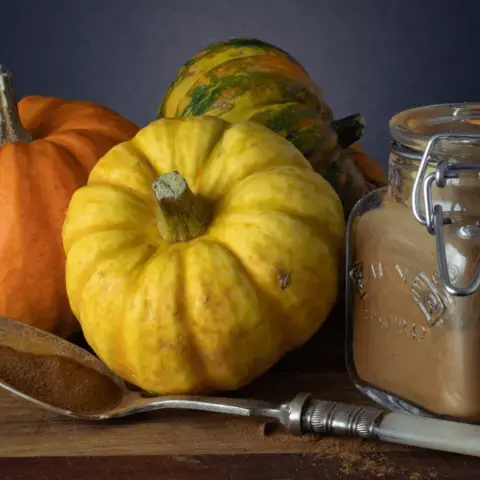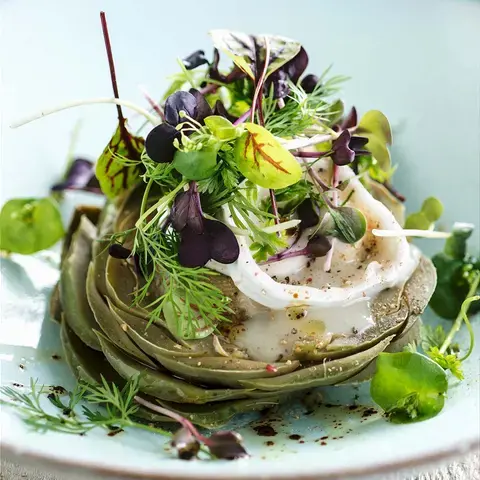As the goodness of this typically Tuscan cheese, pecorino, is conquering gourmands worldwide, here's a step by step recipe for making it at home.
Ideally, we start with whole-fat sheep's milk, which many supermarkets and specialty stores carry. Strain the milk to eliminate any residue and then heat it to 37°C. Add the rennet (which is sold in many pharmacies): just a teaspoon should be enough for 5 liters of milk. Remove the milk from the heat and stir with a wooden spoon, then let rest for at least 45 minutes, until it coagulates. At this point, use a whisk to “break” the rennet, moving the whisk first from right to left, then left to right until it's broken into small pieces. Buttermilk is made and it curdles.
Once we've drained the cheese in a colander, squeeze it again to remove as much whey as possible, and then sprinkle with coarse salt, about a handful. Place it into a bowl so the cheese can eliminate more whey over the followings days, and remember to stir it daily. Drain the excess whey that gets release into the bowl, and remove it after a week.
Begin the aging process in a dark, dry place (an attic would be ideal), wrapping it in paper towels, and changing them when they get damp. After three weeks, you'll have your fresh pecorino. If you prefer it aged, keep going with the conservation process. If you want to have a bit of fun with this part, you can choose different ways to aromatise your own cheese.














